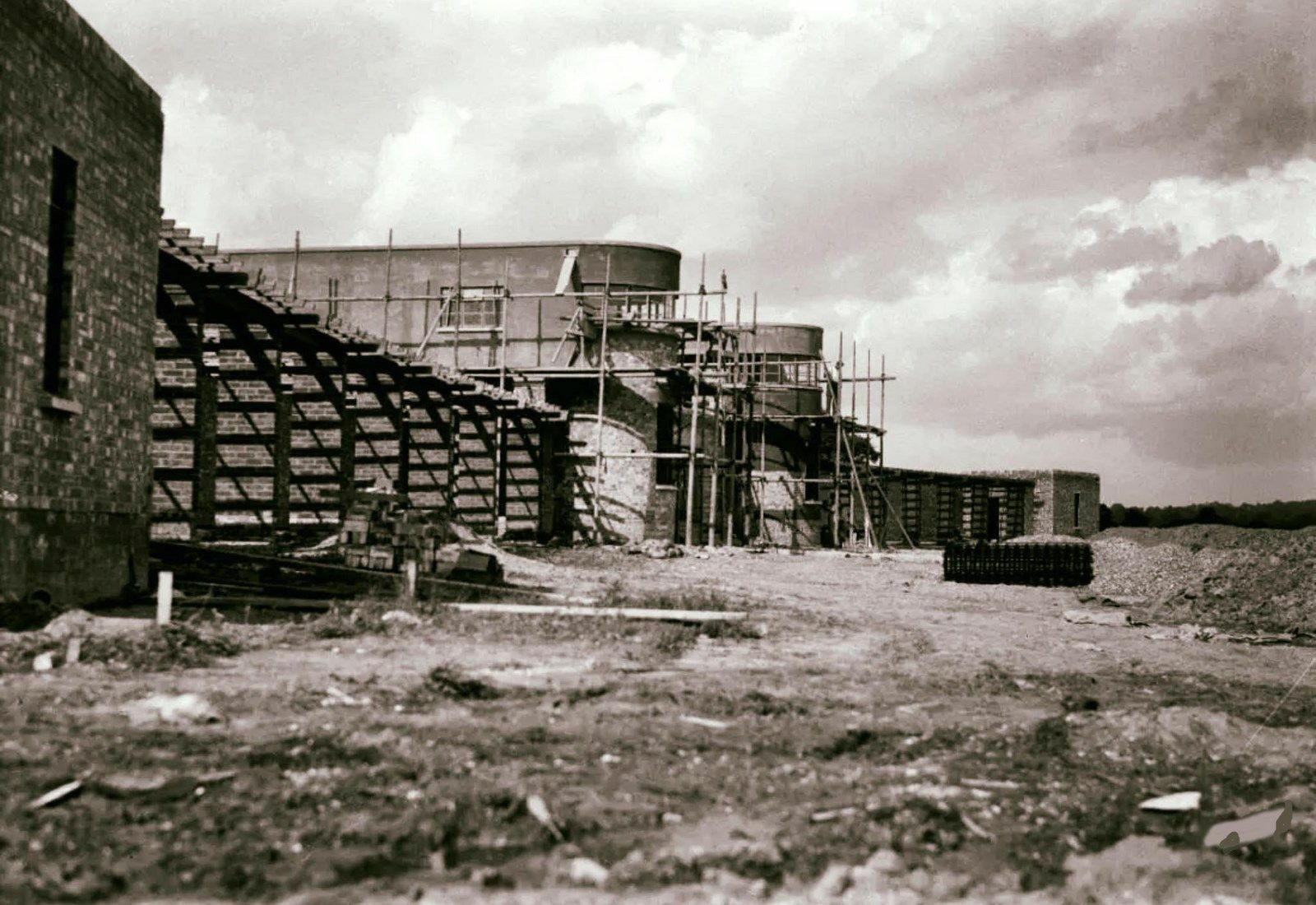-
Posts
11,472 -
Joined
-
Days Won
22
Content Type
Profiles
Forums
Events
Gallery
Blogs
Store
Everything posted by David Schweizer
-
This post cannot be displayed because it is in a forum which requires at least 10 posts to view.
-
This post cannot be displayed because it is in a forum which requires at least 10 posts to view.
-
This post cannot be displayed because it is in a forum which requires at least 10 posts to view.
-
This post cannot be displayed because it is in a forum which requires at least 10 posts to view.
-
This post cannot be displayed because it is in a forum which requires at least 10 posts to view.






.thumb.jpg.87ae9d3807a48fcf5193fe3c761d324d.jpg)



